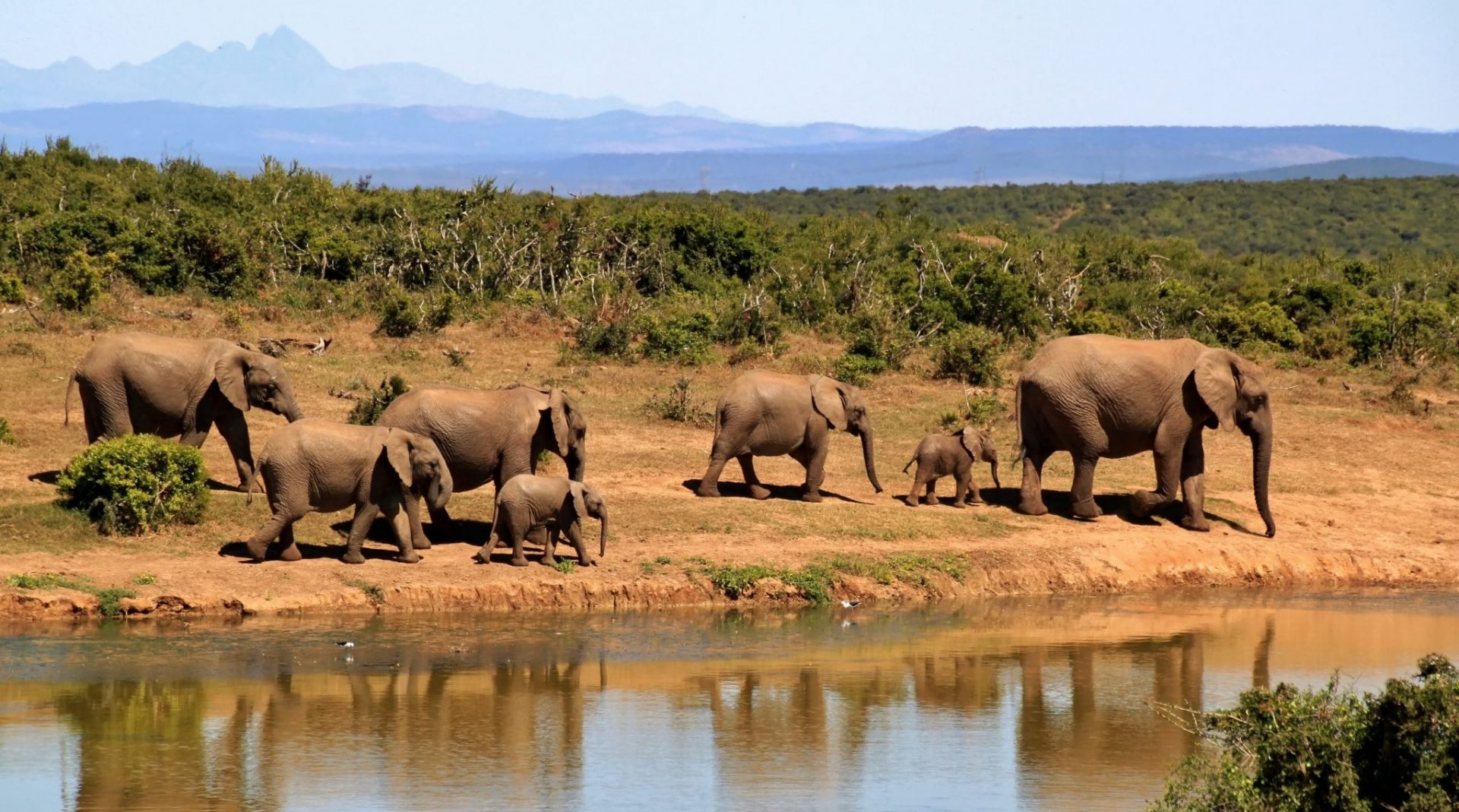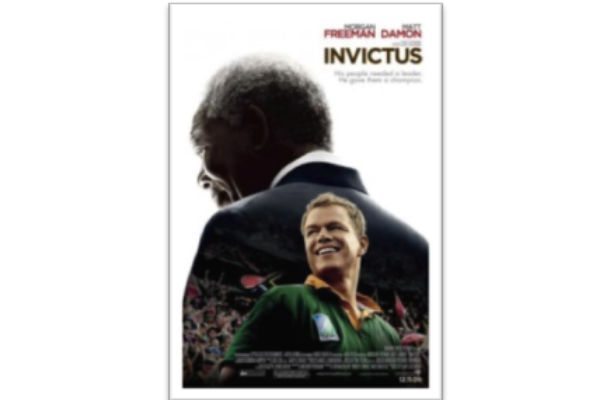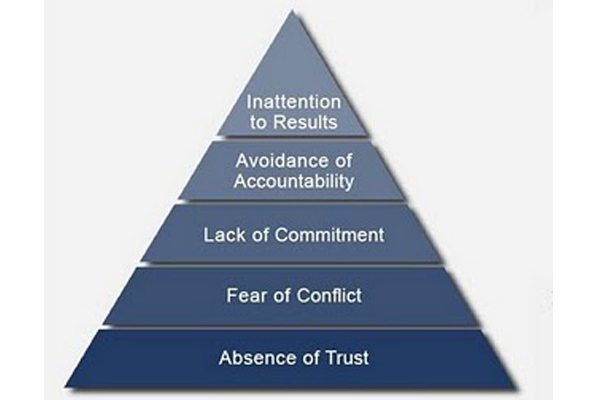People tend to learn better when all their senses are involved. Visual media like photos and videos is hence something we use extensively in our work at FocusU. My personal passion for photography thus finds an outlet in my work back at office too.
It all started 4 years back, when I bought my first DSLR camera. Since then, I have fallen in love with the art & science of photography. Photos hide many memories – from cute babies to quaint streets, from delectably arranged food to vibrantly colored flowers, from the most squiggly of insects to of course, our own breed – the mammals! Somehow, from behind a camera one naturally becomes an observer of life as it unfolds in all its mystery.
Personally though, wildlife photography for me, holds a special place. It not only gives one an opportunity to shoot animals in their natural habitat, but also serves up the privilege of sharing their space in the wild and being a part of their world.This love for wildlife has inspired me to cover many of the jungles in India, from Bharatpur to Bhandhavgarh and Ranthambhor to Sundarban. Each of these jungles has its own unique flora & fauna. The terrain and even the smell of each of these jungles is distinctly different.

Source: Pexels
Somewhere, my train of thoughts changed direction – and I got thinking about the work that we do at Focus with different teams. Teamwork, bonding, collaboration and trust are common themes that we often observe and talk about. “Are there any lessons for teams, that we can learn from the wild?”, I caught myself wondering. And indeed there are. Here are a few from my own experiences.
One of the most mischievous primates is the Gray or Hanuman Langur (Semnopithecus). Seen quite often even in urban settings – they move around in groups. To a keen observer, they have some interesting group dynamics – one moment you will see them being most playful with each other, while in another- you’ll see them fighting as if they will end up killing each other. Yet, there are some qualities that make them stand out as team players. Let me share what I experienced on my jungle safari in Ranthambhor.

Source: Pexels
bonding between these primates. Those figures were nothing but 3-4 of these monkeys sitting together hugging each other.
The same langurs, who were thirsting for each other’s blood a night before, were now sharing their body heat to keep the whole team warm in the freezing cold. There is a lesson for us here: Being a team does not mean there will be no squabbles & conflicts. However, to the external world – it always means projecting one common face.
The second quality we noticed, is the deep innate trust the members displayed within their group.No matter whether these monkeys stay on the ground or up on the tall trees, they always have many enemies baying for their blood. Such challenges make these primates to be on their toes at all times. Whenever any of them notices any danger though, they make a special sound. This is the ‘Call’ that tells the group to go to a safe place as quickly as possible.
We saw a group that came down to have water from a water source just disappeared when somebody made the sound (the call). No body stayed back to cross check whether the monkey who made that call, was the leader of the group or an experienced one or just any new member of the group.This level of trust and a common language helps the langur survive in hostile environments.
We see this level of trust in military units for sure. As Lord Tennyson had put it, “There is not to ask why. There is only to do and die.” But if you think about it, many times in corporate organizations, a common language that all team members understand and an innate trust in other team members’ decisions often becomes the difference between an effective team and a dysfunctional one.
Most of the times these langurs stay on treetops and miss noticing the danger coming from the ground below – especially the big cats, as they are masters of camouflage. In order to get over this handicap, these monkeys team up with one other mammal – the Spotted Deer. These deers make the same sound when they notice any danger.
Source: Flickr
The analogy for us in corporates is hard to miss. Most of us work in heavily matrixed organizations internally and through a network of partners externally. How can we co-opt different functions, different partner organizations and even our different customers to work better? Authors, Venkat Ramaswamy and Francis Gouillart talk about this new paradigm in their engrossing book: The Power of Co-creation.
To summarize this article, 3 questions that I hope you will ask yourself from this post are:
1) Regardless of internal conflicts, can we have one common face to the external world?
2) Do we have one common language &an environment of trust within our teams?
3) Can we collaborate with internal and external stakeholders to work more effectively?
In India, for someone who is fooling around, we often say disparagingly, “Don’t be a langur”. So, quite in contrast – I will leave you with this challenging thought: “Can your team be like the langurs?”
Do share your thoughts and feedback with us.











